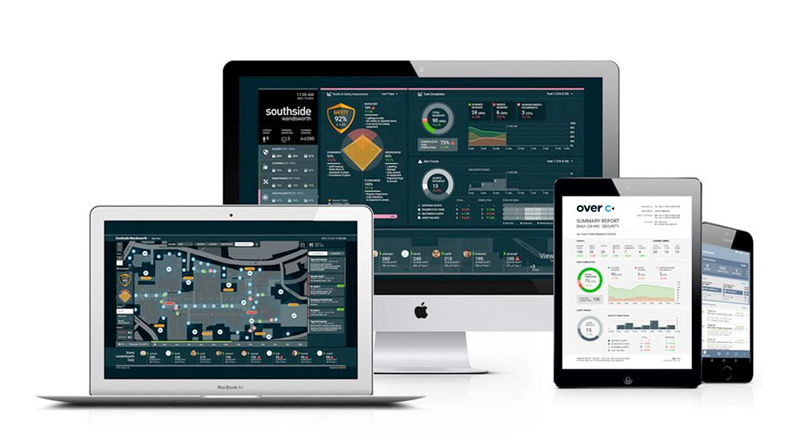 “Change” is not a word that comes easily to the security sector, and why should it? Physical security has always been part of human history, and the principles of hiring guards haven’t really needed to change that much. Mike Elliott, CEO of Over-C looks explains why a change is needed.
“Change” is not a word that comes easily to the security sector, and why should it? Physical security has always been part of human history, and the principles of hiring guards haven’t really needed to change that much. Mike Elliott, CEO of Over-C looks explains why a change is needed.
Organisations hire a guard, give them a uniform and a badge and, along with some quick training, send them off to do the job. It’s a cycle that has worked for hundreds of years, for sure, but the industry has often taken that to mean it doesn’t need to be innovative in how it approaches the job. That’s the wrong approach to take, and here’s why.
We often take “innovativeness” to mean how much technology we use. That’s not quite correct, and there is certainly a degree of technology already embedded in the security sector – As the man who first introduced RFID tech to the security world, I’m well aware of the way firms are already using gadgets to streamline their work processes. The problem isn’t the amount of tech, it’s the quality and the reasoning behind using the tech.
One of my favourite quotes is from Steve Jobs. He said, “Technology should give you something that you didn’t know you needed, rather than simply be a solution to a problem you knew you needed to fix”. All too often in the security sector, we see in-house development teams building technology for themselves with an explicit purpose, whether that’s to easily manage staff deployment or, as with RFID, to more accurately check that staff members are doing what they need to do.
The problem with the current levels of innovation, or lack thereof, in the security industry is that we’ve been using technology to fix problems like the above for almost 100 years. The classic proof of presence system is a case in point – First seen in the 1920s as a clock that stamped a work card to prove a guard had visited a specific area, these systems have fulfilled the same purpose for close to a century without any upgrade in approach. Knowing that security guards are patrolling the right areas is important, but it can’t be the only consideration.
Technology shouldn’t just solve a problem; it should enhance your organisation’s value proposition. Solutions aren’t just a means to track staff; it should be used to empower the boots on the ground in order to get the best out of them. In an industry with a 30% annual churn rate, communicating with frontline staff is critical if you want to be able to retain employees.
That retention rate itself is crucial to a security organisation. Not only is the cost to recruit and kit out replacements for a third of your workforce much higher than the cost of investing in new technology, but retaining staff is also important for customer relations. End customers simply do not take kindly to different faces turning up each week to work on the frontline. With high costs and a potentially damaged reputation to avoid, the question isn’t whether the security industry can afford to invest in new and innovative technology, but rather whether it can afford not to.
So, what should this new and innovative technology actually do? Communication should be the core focus, both between management and the frontline, and between frontline staff themselves. In practice, this means giving frontline staff the ability to log in real-time when they’ve completed a task and easily ask for assistance if required. It also means allowing for feedback from the management teams direct to the frontline and vice versa so that management teams know what’s going on at the ground level, as well as the ability to build teams through collaboration of frontline staff. This minor shift in how the industry sees technology could have a major impact – Frontline staff members who feel valued and able to communicate effectively will be far less likely to change jobs so often, allowing for a lower churn rate but also for the chance to see more experienced employees who gain skills on the job.
The technology needed to see these improvements is nothing radically new (although it would be for the security industry). What a move to a more holistic, communications-focused technology would show, though, is that attitudes in the industry are evolving. If the security industry is to come out of the current lockdown period stronger, it needs to adapt to the “new normal”. That means adopting 21st century technology, but also shifting to a 21st century attitude to frontline management.

